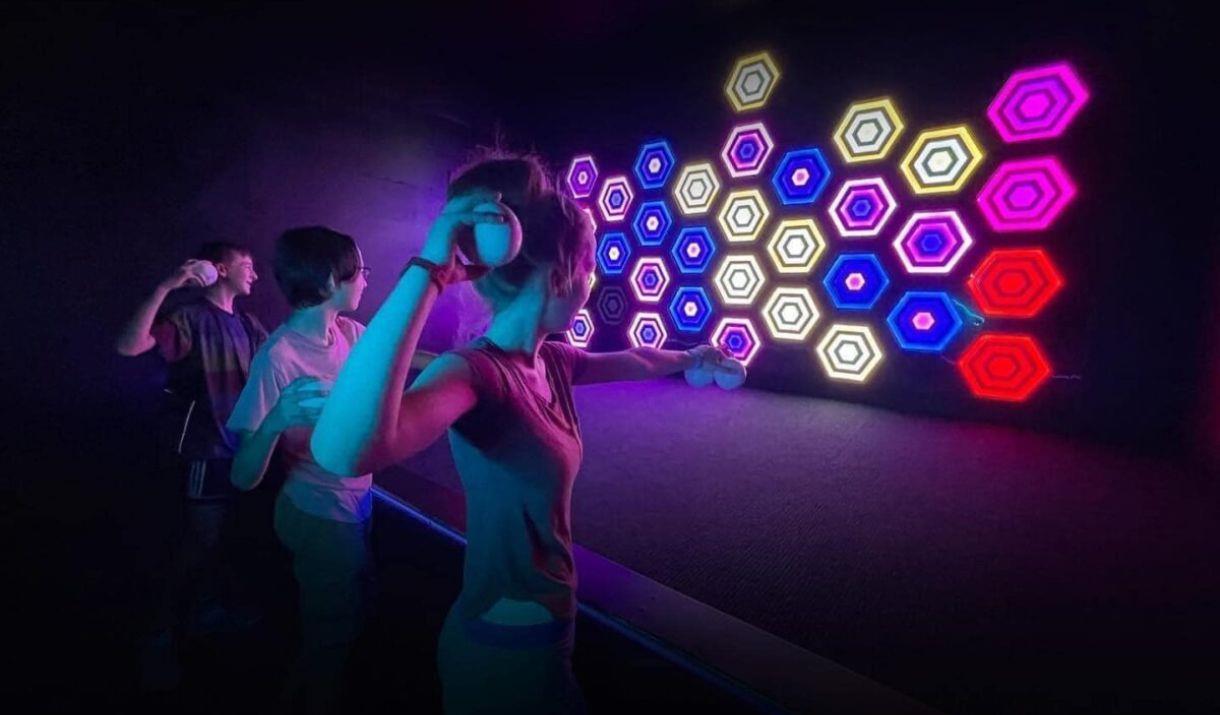The escape-room and VR arcade market is exploding, but not all hardware suppliers are built for longevity. Choosing the right immersive entertainment equipment manufacturer is the single biggest lever you have for protecting margins, future-proofing attractions, and keeping guests clamoring for return visits. Below is a concise checklist you can copy into your next vendor call—plus the rationale behind every question.
- Do you offer white-label software and hardware customization?
A white-label stack lets you re-skin interfaces, insert Easter-eggs, and lock competitors out of your storyline. Ask for a live demo of their content-management portal; if they can’t re-theme a level in under 24 h, move on. - How many update cycles per year are baked into the license?
Immersive rides grow stale fast. Look for a minimum of four content drops annually, delivered over-the-air at no extra bandwidth cost. - What is the mean time between failure (MTBF) for motion bases, headsets, and haptics?
Anything under 2 000 h for headsets or 5 000 h for motion platforms will eat your labor budget. Demand third-party lab certificates, not in-house spreadsheets. - Can you integrate with my existing POS, waiver, and photo-capture systems via open API?
If the answer is “we’ll build it,” ask who pays for change requests six months later. A RESTful API documented on Swagger means you control the roadmap. - Do you provide foot-print-flexible designs for pop-up or mobile deployments?
Post-COVID, landlords want shorter leases. A manufacturer that offers modular decking and cable-less motion bases lets you pack a 12-player arena into a 20 ft container—and relocate it in 48 h. - What is the total power draw per guest, and how does it scale?
Utility surcharges can erase per-cap economics. Look for <300 W per active user including HVAC offset; anything higher should trigger on-site renewable offsets or kinetic energy recapture. - Will you sign a revenue-share service-level agreement (SLA)?
Suppliers confident in uptime will put skin in the game. A 97 % uptime guarantee with 0.5 % revenue clawback for every hour offline aligns incentives better than any warranty booklet.
Bonus: ask for three reference sites you can cold-call unannounced. If the manufacturer hesitates, you already have your answer.
Secure these seven data points and you’ll separate cash-flow-friendly partners from trade-show tourists—while writing CapEx that your accountant will thank you for at tax time.
How to Vet an Immersive Entertainment Equipment Supplier: 10 Buyer Questions That Drive Google Rankings and Real-World ROI
Google’s algorithm loves authoritative, long-form answers—so does your CFO. Use the ten questions below as both an SEO content blueprint and a live RFP script when you vet an immersive entertainment equipment supplier. Each query is written in natural language that mirrors high-intent search phrases, helping your own blog post rank for terms like “best VR attraction vendor,” “reliable motion platform manufacturer,” or “immersive dark ride ROI.”
- “Which immersive hardware manufacturer offers the fastest ROI in 2025?”
Ask for audited pay-back case studies across FECs, malls, and museums. Vendors worth their salt will show net cash-turn in 11–14 months with 30 % EBITDA uplift. - “What certifications prove an XR ride is safe for high-throughput tourism?”
Demand EN 13814, ASTM F2291, and ISO 9001 documentation. If the factory lacks a dedicated compliance officer, your insurance broker will notice. - “How does turnkey shipment work for overseas clients?”
Look for DDP (Delivered Duty Paid) incoterms and a single P.O. that covers freight, import VAT, and on-site calibration. Anything less shifts hidden costs onto your balance sheet. - “Can you license AAA IPs or help me create original content?”
IP alignment drives organic foot traffic. Suppliers with in-house Unreal Engine teams and a slate of negotiable micro-IP (esports, anime, music labels) give you keyword-rich marketing hooks—think “Attack on Titan VR coaster” instead of “Generic Space Ride.” - “What’s the real cost per play including consumables?”
Factor in face-mask foam, controller sleeves, and CO2 canisters. A reputable vendor lists cost-per-play under $0.35 for a 10-minute experience; anything higher erodes gross margin on slow weekdays.
- “Do motion platforms support open-track SDKs for future upgrades?”
An open SDK lets you drop in next-gen haptics or climate effects without swapping steel. Ask for Git repositories and a public roadmap—Google indexes those pages, boosting your own tech-cred backlink profile. - “How scalable is multiplayer latency when I expand from 8 to 32 bays?”
Demand sub-20 ms motion-to-photon latency at 99.9 % packet reliability for 32 concurrent users. Request a live Zoom stress test; record it and embed the video on your site for rich SERP snippets. - “What green-tech rebates qualify for my project?”
Suppliers that provide regenerative servo drives and LED-only lighting can unlock 6-figure utility rebates. Blog about it with schema-marked case studies and watch your page climb for “sustainable VR attraction financing.” - “Will you train my staff in multiple languages for free?”
Multilingual SOP videos reduce turnover costs and give you YouTube keywords like “VR ride operator training Spanish.” Ask for editable Premiere Pro files so you can re-upload with local subtitles—each upload is a new indexed asset. - “Can we co-author a white paper on ROI to share on LinkedIn?”
Google rewards fresh, expert content. A joint white paper seeded on both domains doubles backlink juice and positions you as thought leaders while the vendor shoulders half the research cost.
Close your RFP by requesting a 90-day pilot lease convertible to purchase. Document every answer on a dedicated landing page optimized for “immersive entertainment equipment supplier comparison.” In six months you’ll own the SERP—and a balance sheet that proves experiential tech can be both magical and measurably profitable.

